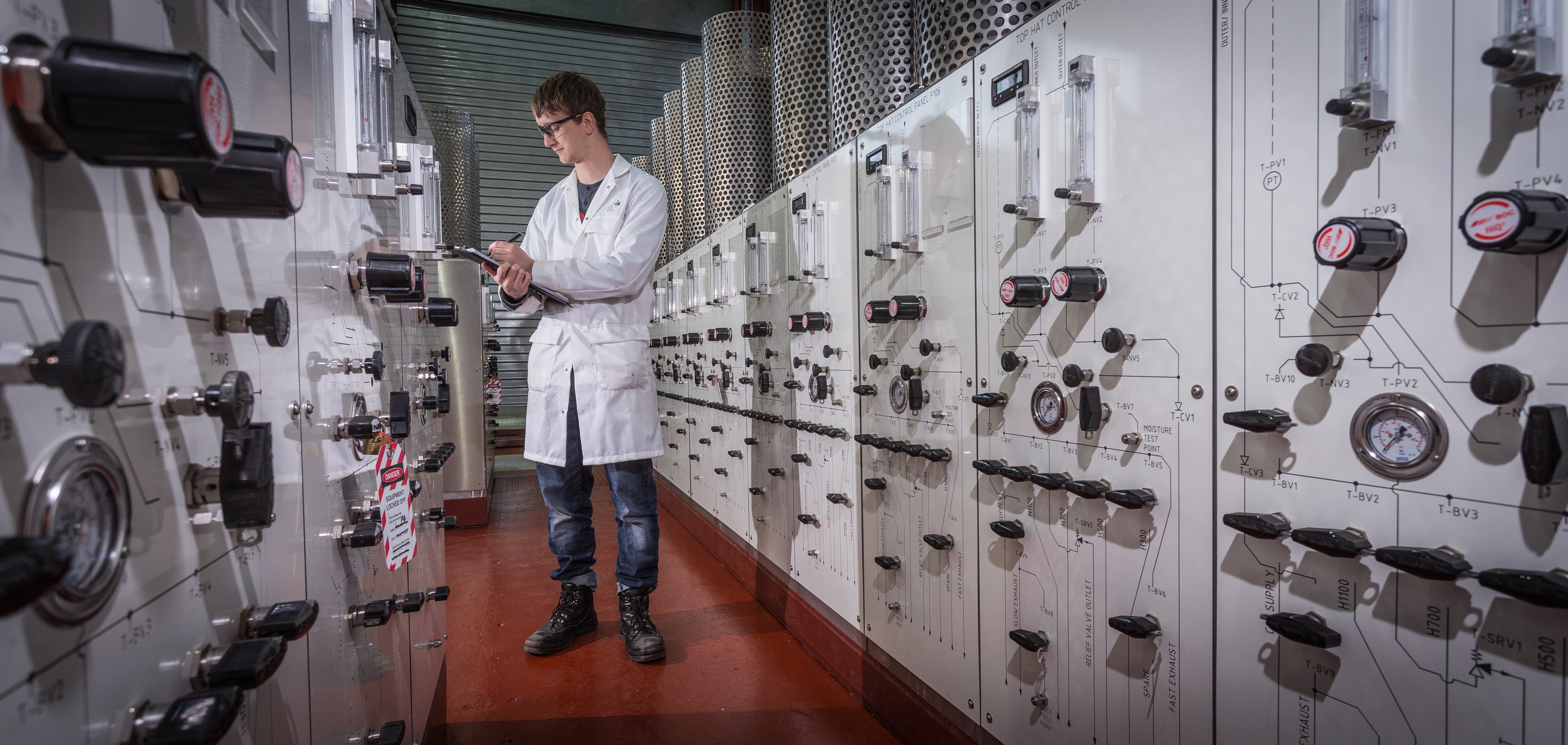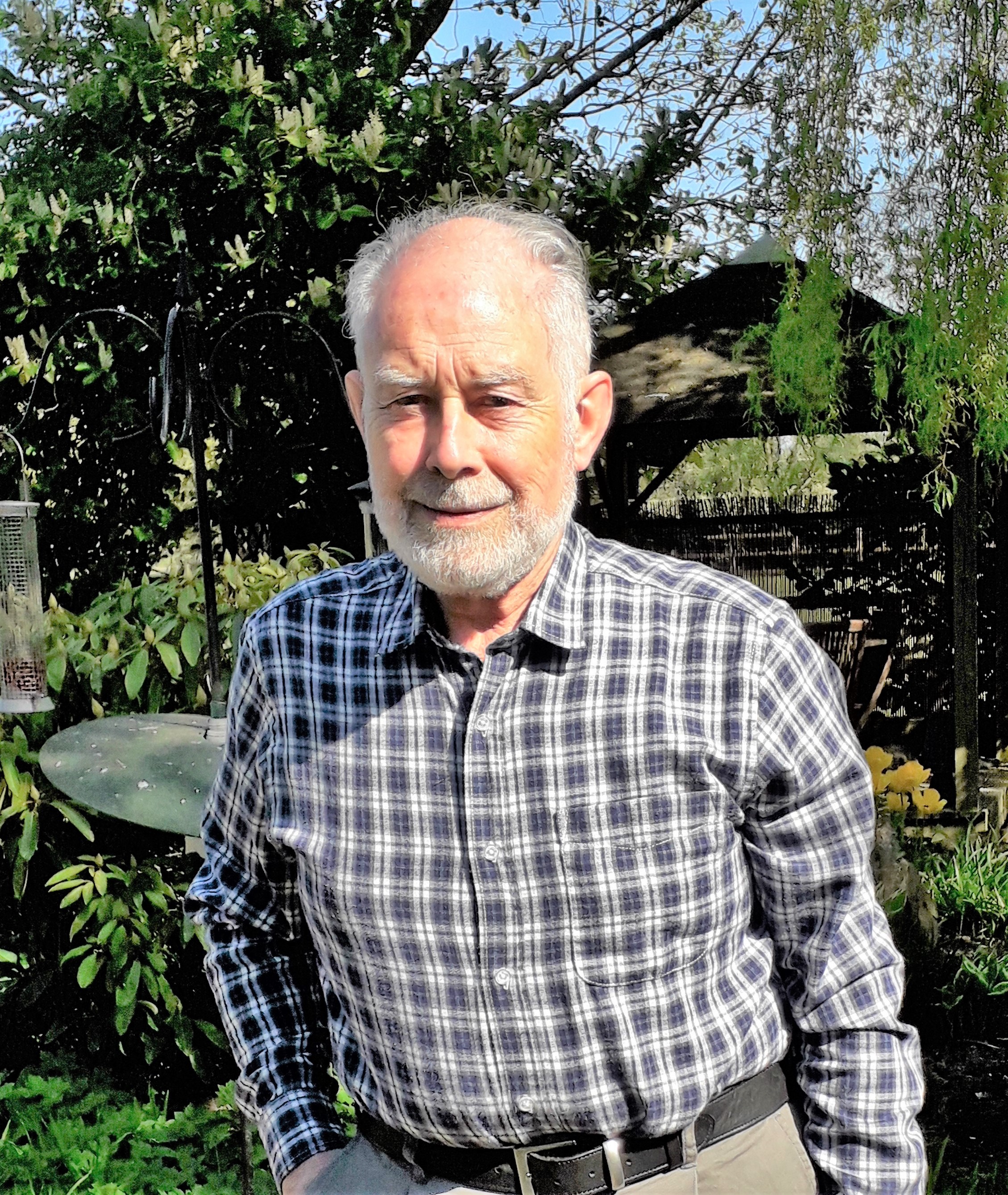How ‘the 9 chrome problem’ has kept Richard busy for 51 years
A PhD corrosion scientist with a first degree in chemical engineering, Richard Brierley is an oxidation specialist. His work has been crucial in enabling life extensions of advanced gas-cooled reactors – and, therefore, in keeping the UK’s lights on.
Richard was the first laboratory analyst to spot what became known as the ‘9 chrome problem’ – potential degradation of boiler components made from steel containing 9% chromium and 1% molybdenum.
He explains: “The material was chosen because it was more oxidation resistant than mild steels and less susceptible to cracking in wet steam than other types of stainless steel. But our work showed that in certain conditions, the oxidation resistance could break down.”
Richard first spotted the potential problem in 1970 and although he officially retired in 2000, he has been working on it ever since and continues to do so as a consultant retained by Jacobs. His understanding of the problem, based on more than 50 years of accumulated data, remains a key element in the safety cases which have underpinned life extension for the AGRs, the reactor type used in all but one of the UK’s nuclear power stations.
“All the indications are that the problem isn’t anything like as severe as we originally thought it might be,” he said. “The work we have done has removed a lot of uncertainty around the condition of the AGR boiler components.”

|
Richard’s career in the nuclear industry began at Whetstone in Leicestershire, at a facility which was relocated to Warrington in 1988.
He says: “The Jacobs oxidation facility at Birchwood Park is a direct descendent of the one at Whetstone. Its work has covered oxidation of all reactor structural materials and contract work for the petrochemical and other industries.
“The optimum time in terms of productivity on oxidation was the early 1980s, when we had 108 autoclaves up and running, staffed by a sizeable team of professionals and technicians. At that time the facility was manned 24/7.”
Richard was also involved in setting up a microbiology facility, initially to help monitor cooling water systems at the Sizewell B nuclear power station in Suffolk, England. The presence of certain microbes can create conditions in which steel is more likely to be affected by corrosion, so this work is just as important to PWR reactors as oxidation analysis is to the AGRs. This unit later moved on to investigate major microbially-influenced corrosion failures in other industries and has also been involved in reactor decommissioning studies.
Steve Rowland
Jacobs
steve.rowland@jacobs.com
